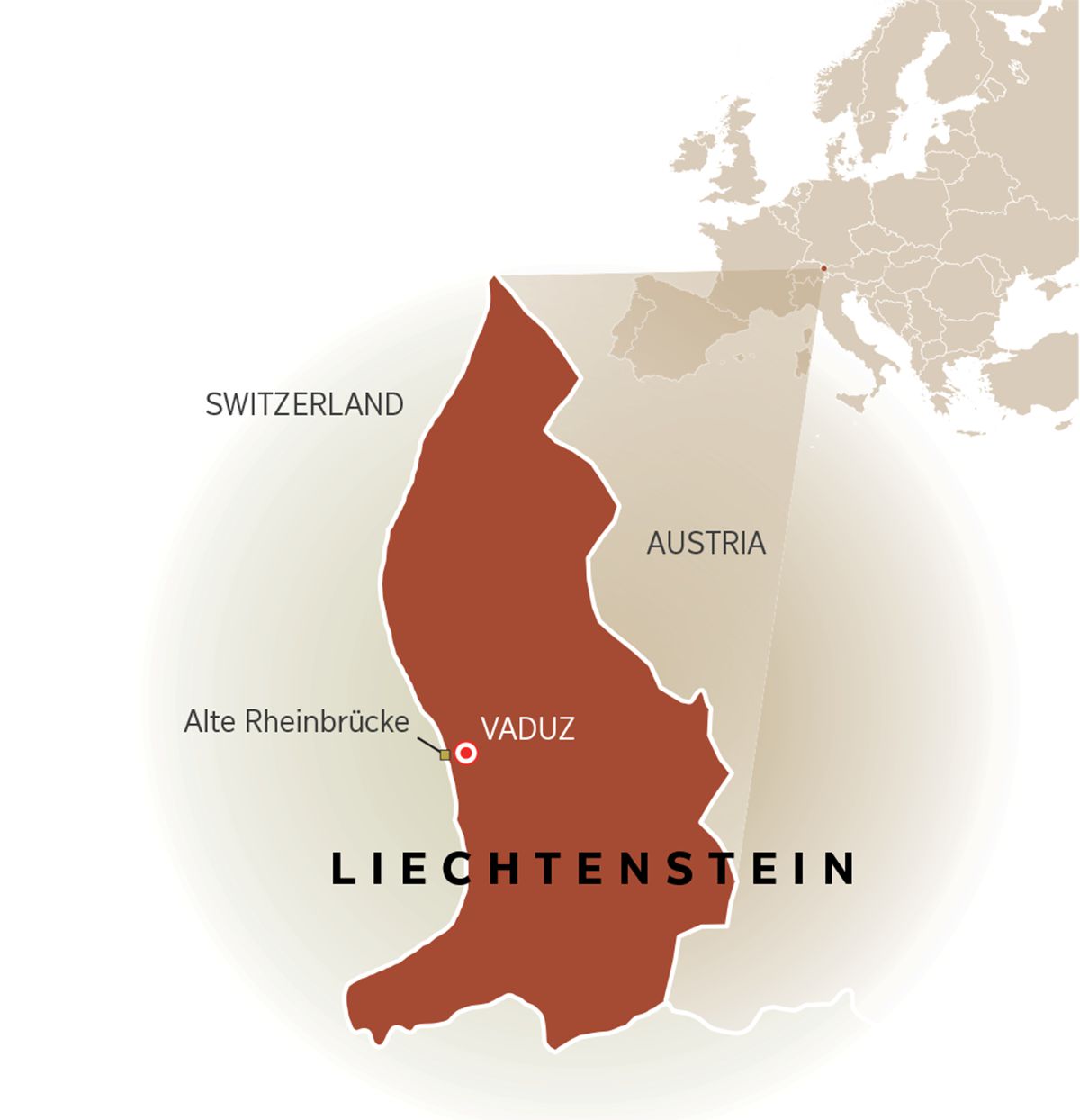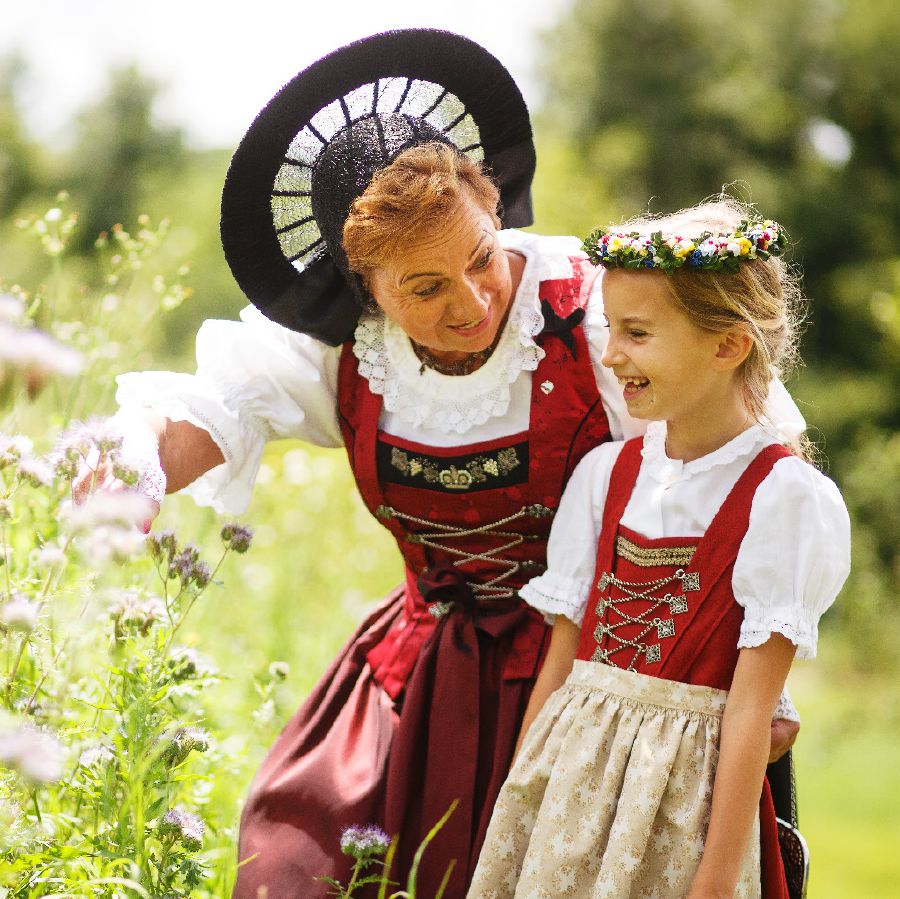The content displayed below is for educational and archival purposes only.
Unless stated otherwise, content is © Watch Tower Bible and Tract Society of Pennsylvania
You may be able to find the original on wol.jw.org

LANDS AND PEOPLES
A Visit to Liechtenstein

IT IS one of the smallest countries in the world, situated in the Alps between Switzerland and Austria. Over the centuries Celts, Rhaetians, Romans, and Alemanni have all lived in this region. Today about two thirds of Liechtenstein’s population are descendants of the Alemanni tribe, which settled in this region about 1,500 years ago.
German is the official language of Liechtenstein, although local dialects vary from village to village. Two of Liechtenstein’s typical dishes are Tüarka-Rebel, a specialty made of corn, and Käsknöpfle, a cheesy pasta dish.

Käsknöpfle

Colorful ethnic clothing
Journeying through the country offers visitors views of snow-covered mountains, green valleys, vineyards, and a variety of vegetation. For example, in this alpine microstate can be found nearly 50 types of wild orchids. Liechtenstein also has museums, theaters, and wineries. Thus, in summer and winter alike, tourists come to visit.
Jehovah’s Witnesses have been active in Liechtenstein since the 1920’s. Currently, there are about 90 of them in the country, teaching the Bible’s message to locals and visitors.